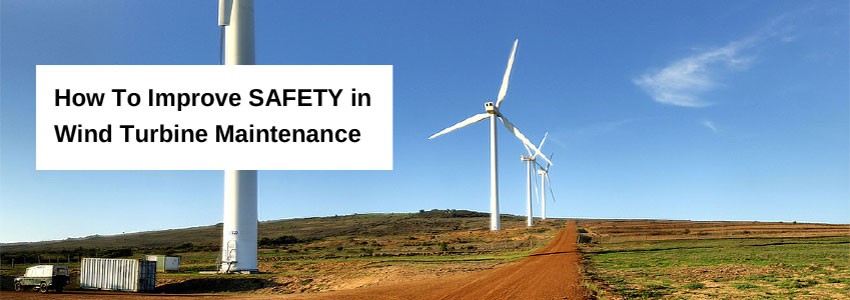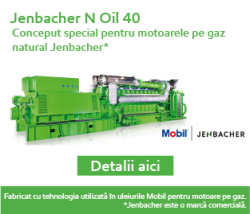How To Improve Safety in Wind Turbine Maintenance
 How To Improve Safety in Wind Turbine Maintenance
How To Improve Safety in Wind Turbine Maintenance
The developing wind energy sector brings new challenges on the safety of employees at work. In addition, the speed at which the wind industry is expanding could lead to skills gaps, with inexperienced workers involved in processes for which they have not been properly trained, and who therefore put their safety and health at risk.
You might be thinking that such risks are inherent in mechanical maintenance, but these risks can be even greater in applications that, by nature, operate in extreme conditions, such as wind turbines.
Wind turbines are particularly challenging to maintain, given the tight quarters and great heights of the gearboxes. So, what can operators do to reduce the safety risks associated with wind turbine maintenance?
There are two major changes that operators can implement to reduce instances of human-machine interactions in wind turbine maintenance:
- 1. Convert operations to a high-performance synthetic turbine gearbox lubricant
- 2. Implement a routine gearbox oil analysis program, such as Signum Analysis
Choosing the Right Oil
A high-performance, synthetic oil can go a long way toward protecting gearbox componentry from wear, thus reducing the need for human-machine interactions.
It wasn’t very long ago that wind turbine gearbox had an expected service life of only 18 months. But today, advanced gearbox oils have been shown to last from five to seven years in continuous service, and performance continues to improve.
For instance, Mobil SHC branded synthetic gear oil Mobilgear SHC XMP 320 exceeds the performance of conventional, mineral oil based products by extending the interval between oil changes to three years or more. With its proprietary, balanced additive system, Mobilgear SHC XMP 320 delivers excellent gear and bearing protection against conventional wear modes, such as scuffing and micropitting.
These benefits not only help enhance gear life and extend oil drain intervals, but they can also help reduce unplanned maintenance downtime, minimizing the safety risks associated with employee-equipment interaction.
Monitoring Oil Condition
In addition to selecting the right oil, implementing a routine oil analysis program is crucial to ensuring successful operations over the long haul and reducing the occurrence of maintenance procedures.
By taking a proactive approach to maintenance and regularly sampling gearbox oil, operators can identify turbine reliability issues and lubricant degradation before they cause critical equipment failure, helping enhance safety by reducing the need for maintenance personnel to interact with equipment.
Well, maximizing productivity and improving safety go hand-in-hand. By enhancing equipment reliability and extending component life, wind turbine operators can reduce instances of maintenance that pose the greatest safety risks to maintenance personnel.
For this purpose, Star Lubricants recommends you to choose a high performance synthetic oil, as the first step for the safety of your employees responsible for maintenance of wind turbines.
Click on the image below to request a personalized offer and Star Lubricants agents will help you choose the right lubricant according to the equipment you own.
Source: How To Improve Safety in Wind Turbine Maintenance by Tom Schiff, used with permission of the Mobil SHCTM Club (all rights reserved.)







